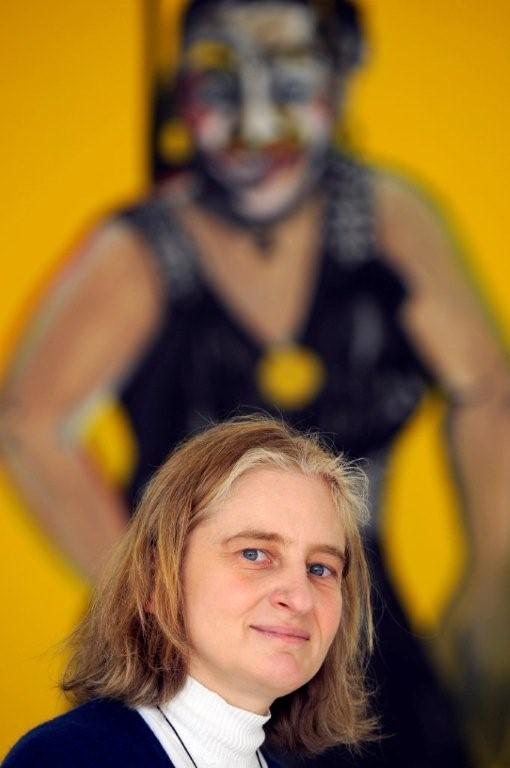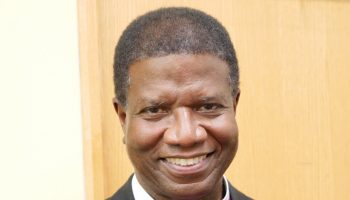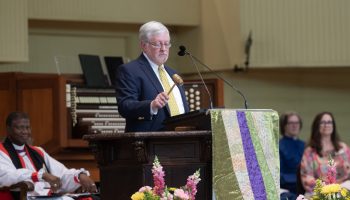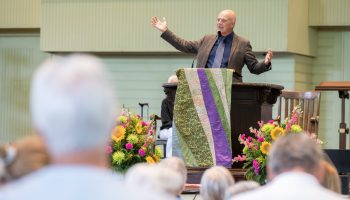Kaitlyn Finchler
Contributing writer

While sex and gender may seem like hotly debated topics in society, this wasn’t always the case. Most political and religious organizations didn’t start defining, or even using, the words until the 1980s and 1990s.
Tracing this history, Mary Anne Case, the Arnold I. Shure Professor of Law at the University of Chicago Law School, will deliver her lecture “Five Decades of the Vatican’s Anathema of Gender” at 2 p.m. today in the Hall of Philosophy for the Week Seven Interfaith Lecture Series theme, “Whose Body, Whose Choice? Religion, Sexual Politics, and the Law.”
The Beijing Conference on Women in 1995 was the first time the Vatican used the word “gender,” Case said. At this conference, the Vatican was represented by Harvard law professor Mary Ann Glendon, and Case said the Vatican had “difficulties” with the inclusion of the word “gender” in documents and at the conference.
“It was only in Beijing in 1995 that the Vatican acquired the word gender and started categorizing under a whole lot of trends,” Case said. “It was extremely worried about the secular legal regulation of sex, gender, sexuality and family.”
It took the Vatican until 1995 to use the word gender, because in the 1980s, Case said Pope Benedict XVI said in an interview the “whole series of problems” began with feminism.
“Feminism, he says, is really wonderful, the idea that male, female, is all a matter of indifference with matters because we’re human,” Case said. “(Benedict XVI also said) it sounds really good but it’s really very, very dangerous because then it suggests that everything is up for grabs. It’s not just men and women in their roles that are up for grabs.”
Case said she finds it “really interesting” how much power Benedict’s people have on her side of the debate.
“I value the way he thinks that all of these issues are connected, because I find that people on my side of the debate often don’t see the connections,” Case said. “I keep saying to my colleagues in the reproductive rights movement, in the gay rights movement, in the feminist movement, possibly, we should be what he thinks we are.”
Contextually, Case said Benedict’s views of people ingrained in feminist and other equality movements is similar to how environmentalists think of logging companies.
“We are clear-cutting our ways (through this topic), and that can be very destructive,” Case said.
The way gender is used in the social sciences is comparable, as gender becomes a “social-cultural overlay” of sex as a biological difference.
“In the other use of the word gender — and I have argued that it’s the one that actually was the most influential at Beijing — was Ruth Bader Ginsburg’s use of the word gender,” she said. “Ruth Bader Ginsburg, before she became a Supreme Court Justice, was the leading litigator for constitutional equality for women. She was almost single-handedly responsible for our current constitutional law of sex discrimination.”
Ginsburg used the words sex and gender interchangeably, Case said. She was advised to do so by a secretary who said she saw the word “sex” on every page, and not to use the word in front of the justices because they were going to think about “porn theaters.”
Case said she hopes the audience will remember how important “ordinary feminism” is, with no fixed notions concerning the “roles and abilities” of males and females.
“I think that is a wonderful message to give kids, and to the whole land as adults,” Case said. “I worry that so many other causes and ideologies and offshoots of feminism have displaced the same message that what matters is that we are all human.”




